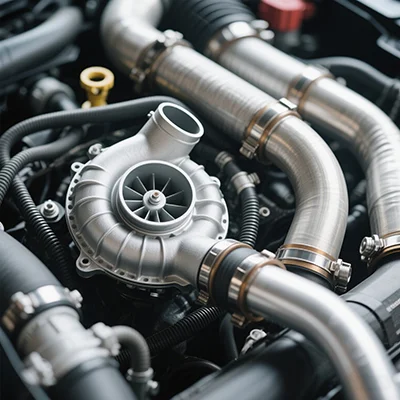When it comes to choosing a printer, Canon is a brand that often comes to mind due to its reputation for quality and innovation. However, like any product, Canon printers come with their own set of disadvantages that potential buyers should consider before making a purchase. In this article, we will delve into the various drawbacks associated with Canon printers, providing a nuanced understanding that goes beyond surface-level observations.
- Cost of Consumables
One of the most significant disadvantages of Canon printers is the ongoing cost of consumables, particularly ink cartridges. While the initial purchase price of a Canon printer may be competitive, the long-term expenses can add up quickly. Canon's proprietary ink cartridges tend to be more expensive compared to third-party alternatives, and users often find themselves needing to replace cartridges frequently, especially if they print in high volumes. This can lead to a higher total cost of ownership, which is a critical factor for both home and business users.
- Print Speed and Efficiency
While Canon printers are known for their print quality, many models fall short in terms of print speed. Users who require high-volume printing may find that Canon printers do not meet their needs, as they often operate at a slower pace compared to competitors like HP or Brother. This can be particularly frustrating in a business environment where time is of the essence. Additionally, the efficiency of the printer can be compromised when using high-resolution settings, which can further slow down the printing process.
- Software and Driver Issues
Another common complaint among Canon printer users is related to software and driver compatibility. While Canon provides a range of software solutions to enhance the printing experience, users often report difficulties in installation and updates. Compatibility issues with operating systems, particularly with newer versions of Windows or macOS, can lead to frustrating experiences. Users may find themselves spending considerable time troubleshooting software problems rather than focusing on their printing tasks.
- Limited Paper Handling Options
Canon printers, especially in the lower to mid-range models, often come with limited paper handling capabilities. Many users find that the input trays do not accommodate a wide variety of paper sizes or types, which can be a significant drawback for those who require versatility in their printing tasks. Additionally, the lack of dual-sided printing in some models can lead to increased paper usage and costs, which is not ideal for environmentally conscious users or businesses looking to reduce waste.
- Customer Support Challenges
While Canon is a well-established brand, customer support can be a mixed bag. Users have reported varying experiences when seeking assistance for technical issues or warranty claims. Some customers have found the support to be responsive and helpful, while others have encountered long wait times and unhelpful responses. This inconsistency can be a source of frustration, particularly for users who rely heavily on their printers for daily operations.
- Physical Size and Design Limitations
Many Canon printers, particularly the all-in-one models, can be bulky and take up significant desk space. This can be a disadvantage for users with limited workspace or those who prefer a more compact solution. Additionally, the design of some models may not be as user-friendly as competitors, with controls that can be confusing or less intuitive, leading to a steeper learning curve for new users.
Conclusion
In conclusion, while Canon printers are renowned for their print quality and innovative features, they are not without their disadvantages. Potential buyers should carefully consider the costs associated with consumables, print speed, software compatibility, paper handling options, customer support experiences, and physical design before making a decision. By weighing these factors against their specific printing needs, users can make a more informed choice that aligns with their expectations and requirements. Ultimately, understanding the drawbacks of Canon printers can lead to a more satisfying and efficient printing experience.
